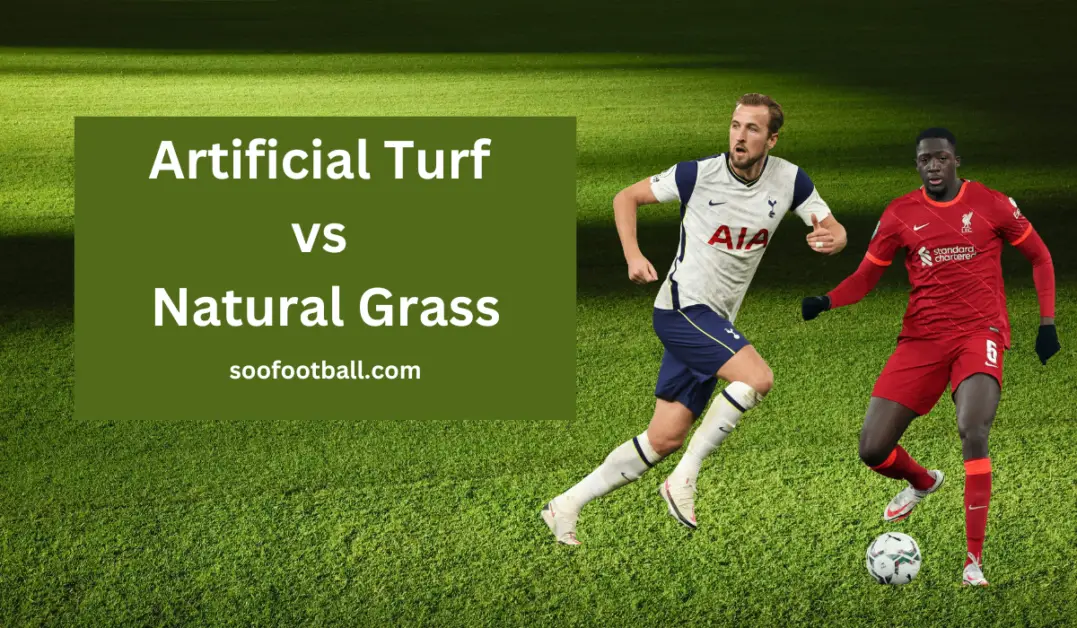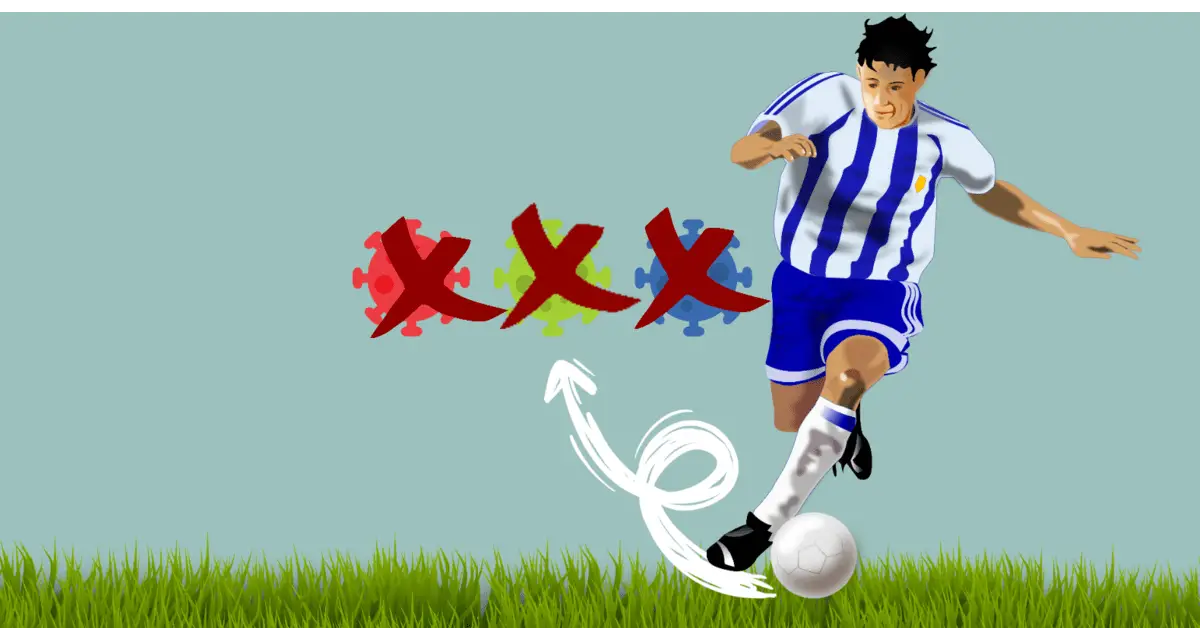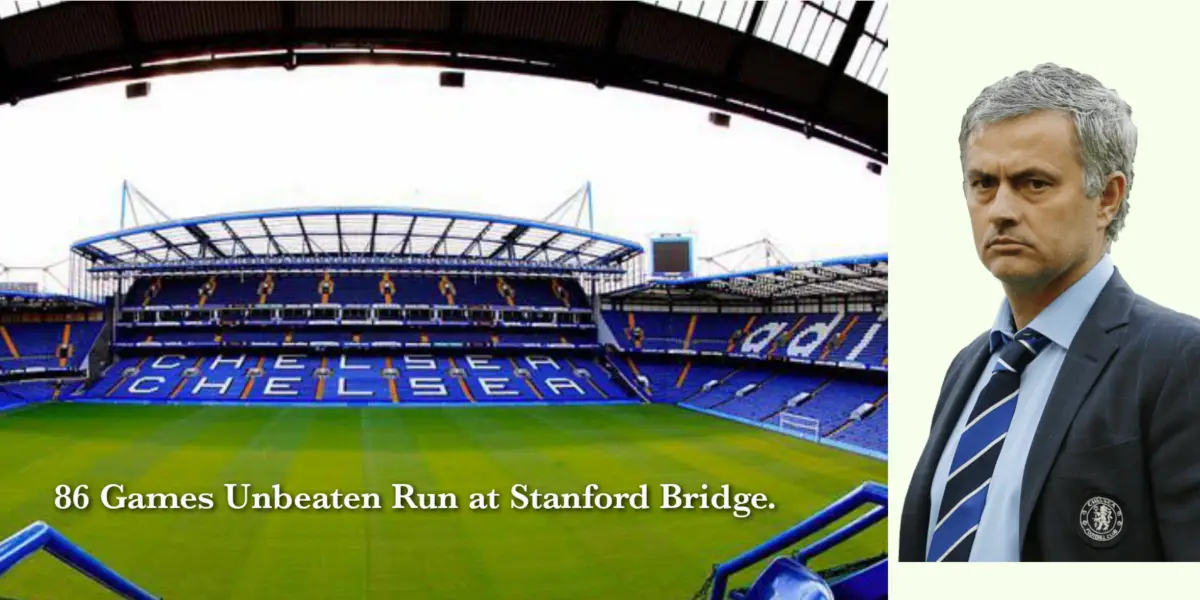When it comes to building a football field, one of the most important decisions to make is whether to use artificial turf vs natural grass.
Both options have their advantages and disadvantages. Choosing the right surface can greatly impact the game, player performance, and safety.
Artificial turf has gained popularity in recent years due to its low maintenance and durability. Natural grass, on the other hand, is preferred by many for its natural feel and look.
In this blog post, we will be comparing artificial turf vs natural grass in football and discussing the pros and cons of each option.
We will also examine the impact of each surface on player performance and safety.
Ultimately, it’s important to weigh the pros and cons before making a decision on which surface to use for a football field.
Artificial Turf
Artificial turf is a synthetic surface made from a combination of materials such as rubber and plastic. It mimics natural grass and is used as an alternative surface for football fields.
Furthermore, artificial turf is known for its durability, low maintenance, and ability to provide a consistent playing surface.
Also, it’s also usable in all weather conditions and can be used indoors and outdoors.
Advantages of Artificial Turf: Positive Impact on Football
Artificial turf has several advantages when it comes to football specifically, including:
- Durability: Synthetic materials are used to make artificial turf. They are designed to withstand heavy use and last for several years. Unlike natural grass, which can become worn out and need to be replaced, artificial turf can be used for many seasons without showing significant signs of wear and tear. This is very important for the football field that is used frequently.
- Low maintenance: Artificial turf does not require regular mowing, watering, or fertilizing. This makes it a cost-effective option for football fields that are used frequently. This way, the budget for maintenance can be allocated to other aspects of the game.
- Consistency of playing surface: Artificial turf provides a consistent playing surface, with no variations in hardness or softness. This can help to reduce the risk of player injury on the field and improve overall performance.
- All-weather use: In all weather conditions, artificial turf can be used. It does not become muddy or slippery when it rains. This allows for more consistent play and fewer game cancellations due to poor field conditions, which is crucial in a tight schedule.
- Water-saving: Artificial turf requires less water than natural grass, which is more sustainable and eco-friendly.
- Usability: Artificial turf can be used in different environments and temperatures. It’s safe to use and can be used indoors and outdoors. This allows for flexibility in terms of game location, and it can be used in different competitions and events.
Disadvantages of Artificial Turf: Negative Impact On Football
Artificial turf also has several disadvantages in relation to football, including:
- Higher cost: Artificial turf is more expensive to install than natural grass. The cost of maintaining it can also be higher over time and this can be an issue for football clubs that have a limited budget.
- Player injury: Some studies have shown that players are more likely to suffer from injuries such as burns, abrasions, and turf toe when playing on artificial turf. The hard surface of the artificial turf can also cause more impact injuries to joints and increase the risk of ACL injuries.
- Heat buildup: Artificial turf can get significantly hotter than natural grass. This can be dangerous for the players and make the game less comfortable for them.
- Lack of natural feeling: Some football players may not prefer artificial turf because it does not provide the natural feel of playing on grass. Also, the ball may not bounce and roll as it does on natural grass.
- Environmental concerns: Artificial turf is not a natural product and it could take a long time to decompose. This is a problem when disposing of it and it may have an impact on the environment.
When To Use Artificial Turf For Football
Artificial turf may be a good option for football in certain situations, such as:
- Frequently used fields: If a football field is used frequently, artificial turf may be a more cost-effective and durable option. Why? It does not need regular maintenance like natural grass does and can withstand heavy use.
- All-weather use: Artificial turf can be used in all weather conditions and does not become muddy or slippery when it rains. This allows for more consistent play and fewer game cancellations due to poor field conditions. Also, it can be used in different environments and temperatures.
- Indoor and covered stadiums: Artificial turf can be used in indoor and covered stadiums. This allows for flexibility in terms of game location, and it can be used in different competitions and events.
- Limited budget: Artificial turf may be a good option for football clubs with a limited budget. It is more cost-effective than natural grass over time.
- In places where natural grass is hard to grow: Artificial turf can be used in places where natural grass is hard to grow or maintain. For example, in dry or cold regions.
It is important to note that artificial turf is not a one-size-fits-all solution. It should be considered carefully and on a case-by-case basis.
The pros and cons of both options should be weighed. Also, it is important to consult with experts before making a decision.
Natural Grass
Natural grass for football refers to the use of real grass, grown from seeds and nurtured with water, sunlight, and fertilizers to create a playing surface for football games.
This type of surface is made of different types of grasses, usually a mixture of different grass species. It is the most common type of surface used in football fields.
It is eco-friendly and it creates a natural environment for the game.
Natural grass fields require regular maintenance, such as mowing, watering, and fertilizing to keep them in optimal conditions.
The natural feel and look of natural grass make it the preferred option for many football players and teams. But it can be affected by weather conditions and may not be as durable as artificial turf.
Advantages of Natural Grass: Positive Impact On Football
Natural grass has several advantages when it comes to football specifically, including:
- Natural feel and look: Natural grass provides a natural playing surface that many football players and teams prefer over artificial turf. It gives the players a sense of playing in a natural environment, which makes the game more comfortable and realistic.
- Better for the environment: Natural grass is an eco-friendly option as it doesn’t require any synthetic materials and it’s grown naturally.
- Potentially better for player health: Some studies have shown that natural grass can provide better traction and shock absorption than artificial turf. This can help to reduce the risk of player injuries.
- Cost-effective in the long run: While natural grass may require more maintenance and care, it can be less expensive to install and maintain in the long run.
- Better ball movement: Natural grass allows for better ball movement. The ball bounces and rolls more naturally and consistently on natural grass than on artificial turf.
- Supports biodiversity: Natural grass supports biodiversity. It creates a habitat for different species, and it can help to reduce the heat island effect and absorb rainwater.
Disadvantages of Natural Grass: Negative Impact On Football
Natural grass also has several disadvantages when it comes to football specifically, including:
- Requires regular maintenance: Natural grass requires regular maintenance such as mowing, watering, and fertilizing. The purpose of this is to keep it in optimal conditions, which can be time-consuming and costly.
- May not be as durable: Natural grass can wear out more quickly than artificial turf. How? Due to heavy use and weather conditions. This may require more frequent replacement.
- Can be affected by weather conditions: Natural grass can become muddy or slippery when it rains. This makes the field unsafe for play and may lead to game cancellation.
- Limited usability: Natural grass is not suitable to be used in covered or indoor stadiums. It can be affected by severe weather conditions like heavy snow or droughts, which can limit its usability.
- High water consumption: Natural grass requires more water than artificial turf. This could be a problem in regions with water scarcity.
When To Use Natural Grass
Natural grass may be a good option for football in certain situations, such as:
- Limited budget: Natural grass may be a more cost-effective option in the long run.
- Preference for natural feel: Natural grass provides a natural playing surface that many football players and teams prefer over artificial turf. The natural feel and look of the game can make the game more comfortable and realistic.
- Sustainability: Natural grass is an eco-friendly option as it doesn’t require any synthetic materials. It is more sustainable.
- Lower risk of injury: If injuries are a major worry for a football team, it’s better to use natural grass over artificial turf.
- Ball movement: In some cases where a football team has a preference for free movement of the ball, natural grass is a better option.
- In places where artificial turf is not suitable: Natural grass can be used in places where artificial turf is not suitable. For example, in regions where the weather is too cold or too hot for the artificial turf to perform well.
Artificial Turf vs natural grass In football: The Major Difference
The major difference between artificial turf and natural grass in football is that artificial turf is a synthetic surface made of rubber and plastic, while natural grass is a natural surface made of real grass that is grown from seeds and nurtured with water, sunlight, and fertilizers and can provide a natural feel and look for the game.
Artificial turf can be used in all weather conditions and does not require regular maintenance, while natural grass requires regular maintenance and can be affected by weather conditions.
Artificial Turf vs natural grass In football: Which Is Better Overall?
The decision of whether to use artificial turf or natural grass in football is a complex one and depends on the specific needs and context of each situation.
Both options have their advantages and disadvantages, and it’s important to weigh the pros and cons before making a decision.
In conclusion, the decision of whether to use artificial turf or natural grass in football should be based on a careful evaluation of the specific needs and context of each situation, taking into account factors such as cost, player safety, environmental concerns, and team preference.





